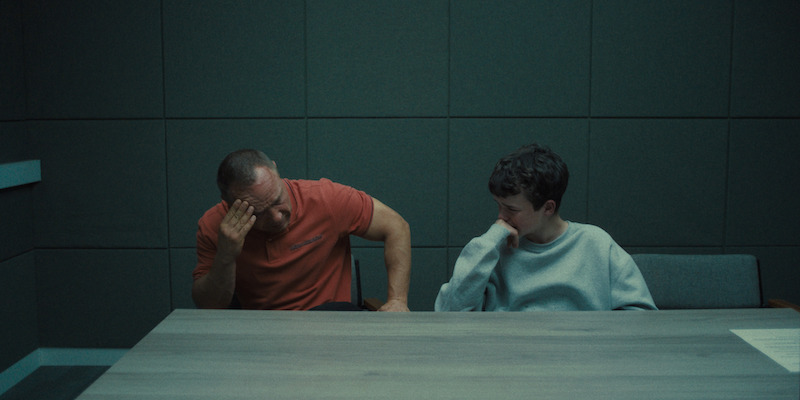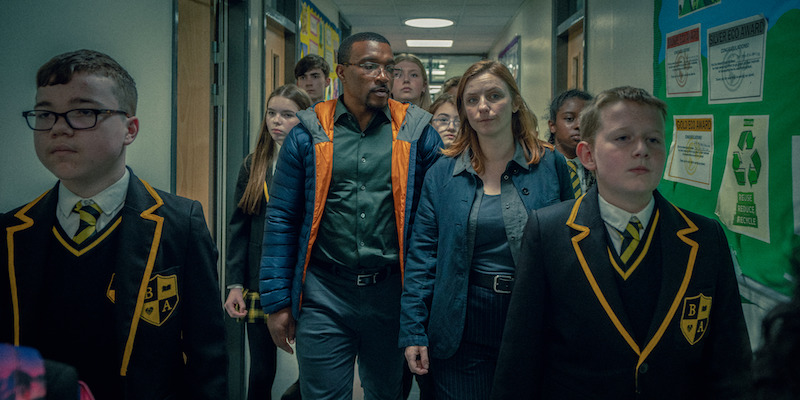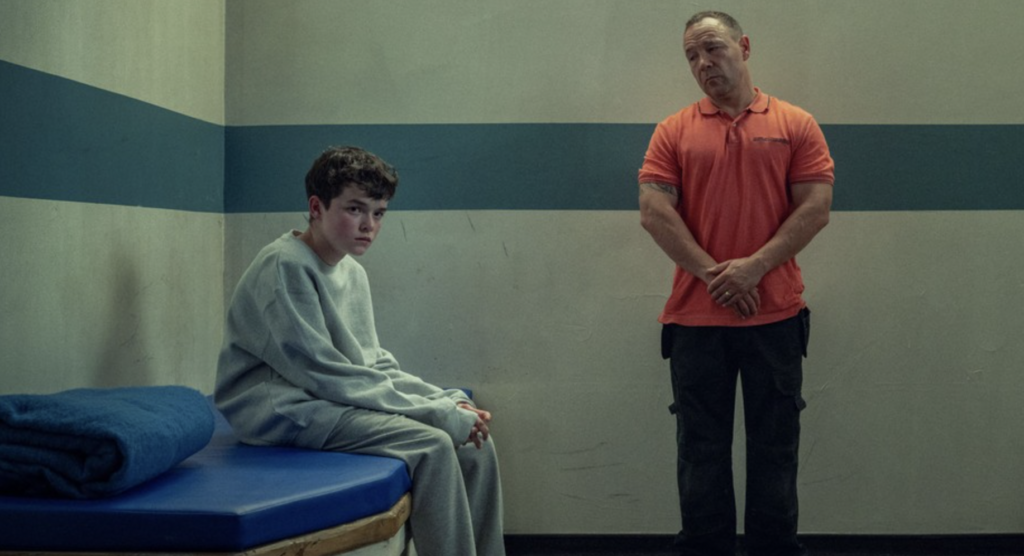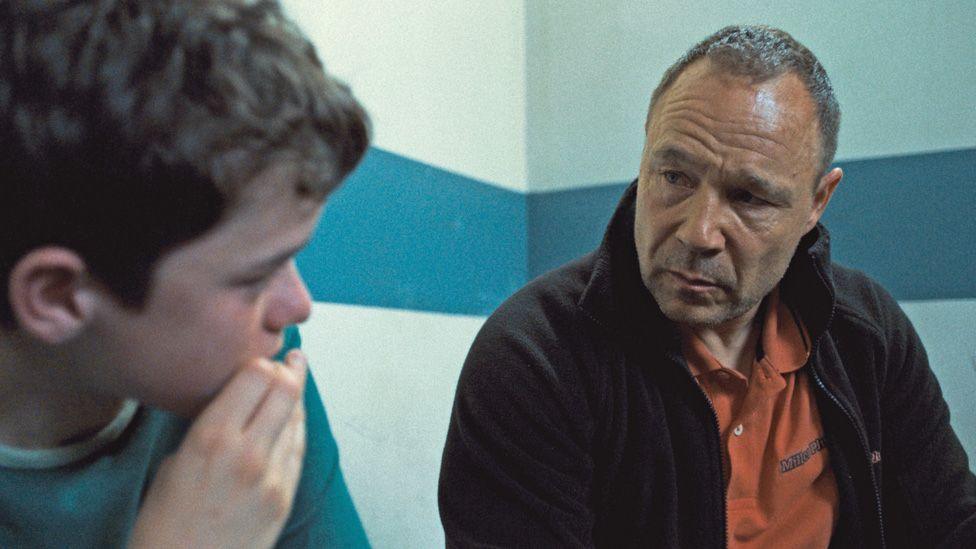Guest Post: A Psychological Analysis Of ‘Adolescence’: Understanding the Pathology Of A Troubled Youth

The series Adolescence presents a deeply unsettling yet compelling narrative that necessitates careful psychosocial analysis.
Beneath its many layers, there appears to be a significant gap in the fundamental explanations leading up to a murder – a crime that seems almost inconceivable when committed by a mere 13-year-old.
How does a child at such a formative stage of development not only commit such an act but also lie about it so effortlessly? This raises an essential question: Is Jamie a representation of a broader pathology being cultivated in today’s youth, or is he an exception to the norm?
One of the most pressing concerns is Jamie’s apparent self-loathing. He feels ugly, unwanted, unlovable, and inadequate – feeling the need to mask this with assertion of machismo, dominance, power, and aggression. Given that he was raised by seemingly loving, well-meaning, and relatively warm parents, what factors may have contributed to his deteriorated sense of self-worth?

It is well-established in psychological literature that parental affection alone does not guarantee healthy self-esteem or moral development. Social influences, peer dynamics, and exposure to certain stimuli all play crucial roles in shaping a child’s psychological framework.
However, the extremity of his pathology is not easily explained within the context of this script.
Jamie’s portrayal suggests that he was already exhibiting traits associated with narcissistic and sociopathic personality structures/ disorders typically characterised by a sense of superiority emotional detachment, lack of empathy, and impulsive aggression.
This is particularly difficult to reconcile with the presence of a caring mother figure, leading to the question: Has social media and digital culture begun to eclipse traditional parenting? Has the emotional scaffolding provided by parents been rendered ineffective in the face of online influences that shape young minds in ways we do not yet fully comprehend?
Another critical question is Jamie’s possession of a knife. The presence of a weapon suggests either premeditation or a level of exposure to violence that made carrying it seem normal, innocuous, or even necessary. Where did this exposure originate? Was it direct (e.g., through family, neighbourhood, or peer influence) or indirect (e.g., through media consumption)?
If we rest on evidence from past research about violent behaviour and learning through exposure, like the timeless Bobo doll experiments, the potential role of violent digital content cannot be overlooked.
Graphic video games, films, and social media often blur the line between reality and fiction, creating a psychological detachment from the real-world consequences of violence. Did Jamie perceive his actions as part of a game-like reality where actions have no true consequences?
If so, this is a disturbing commentary on the effects of prolonged engagement in virtual environments – where acts of violence are rewarded and normalised, where characters die and respawn, where we can literally get away with killing and feeling universally omnipotent.

The depiction of the school environment in Adolescence highlights another disturbing trend: a generation of adolescents who exhibit blatant disregard for authority, basic respect, and moral boundaries. This behaviour suggests an emerging sense of omnipotence, wherein young individuals believe they can act without consequence, and defy the ‘system’. What is driving this dangerous phenomenon?
One possibility is the diminishing influence of parental authority and the increasing impact of peer validation, often reinforced by social media.
When external validation supersedes intrinsic moral development, children may develop distorted ethical frameworks where respect, accountability, and empathy become secondary to self-gratification, autonomy, and social status.
Without passing judgement on parents – who are all trying their best for the better part – we need to ask: Are parents spending enough time with their children? Does the system allow for this? Or are we focusing more on the parents’ contribution to the capitalist wheel?

Jamie’s actions underscore severe emotional regulation issues and an underlying rage that likely went unaddressed in his early years. The mother stated ‘I think we should have stopped that’, a pivotal quote in the series.
Why are parents not enforcing rules and boundaries, or why are youth disregarding guidance so rebelliously? Was he actively rebelling against authority, or was he merely detached from moral reasoning?
Emotional intelligence – the ability to recognise, regulate, and respond to emotions in a constructive manner – is not inherently developed but must be actively taught, by the state, by parents and ideally in the curriculum. It is imperative that emotional regulation be embedded into both parenting strategies and educational curricula.
Schools must become proactive in equipping children with the tools to manage their emotions effectively. Emotional dysregulation is a pervasive issue, contributing to rising rates of violence, self-harm, suicide, homicide, interpersonal conflict worldwide – even locally.
Perhaps the most unsettling aspect of ‘Adolescence’ is the lack of clear antecedents leading to Jamie’s pathology.

If he is a product of his environment, then what precisely within that environment facilitated such a profound detachment from moral reasoning? If Jamie was seeking approval from a specific group, did his actions stem from a desperate need to belong or prove himself? How does toxic peer influencece contribute to moral disengagement?
Did Jamie truly grasp the weight of his actions or did he view them through a detached, almost surreal lens? Many young offenders struggle with an underdeveloped prefrontal cortex, which impairs impulse control and risk assessment.
The psychological implications presented in Adolescence are profound. Jamie is not merely a fictional character; he is a manifestation of broader societal issues that demand urgent reflection and intervention. The series forces us to confront uncomfortable truths about the state of modern youth, the role of media influence, and the responsibilities of parents and educators alike.
For those, assuming these phenomena are only pervasive outside of our shoreline, we only need to read this week’s news, with incidents of teenagers beating up a homosexual youth, having lured them to the location through social media, not to mention the rates of femicide.
As we continue to dissect these themes, we must ask ourselves: How can we reestablish meaningful connections with our children? How do we instill moral reasoning in a world that increasingly rewards superficiality and detachment?
These are the questions that must drive our discourse moving forward, lest we risk raising a generation lost to emotional dysregulation and moral apathy. As we attempt to join the dots, these questions should serve as a call to action for society at large.
Cher Engerer Kerr is a psychologist
